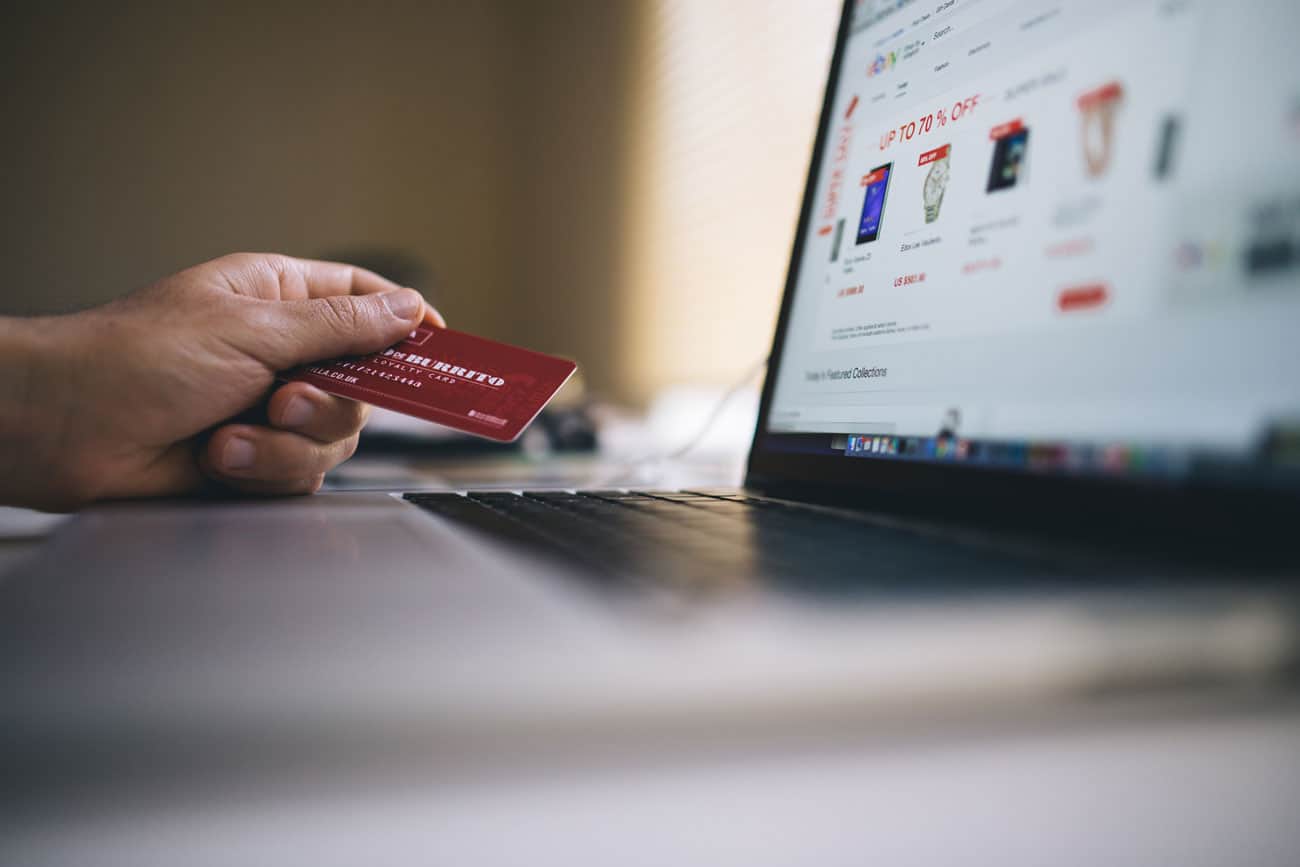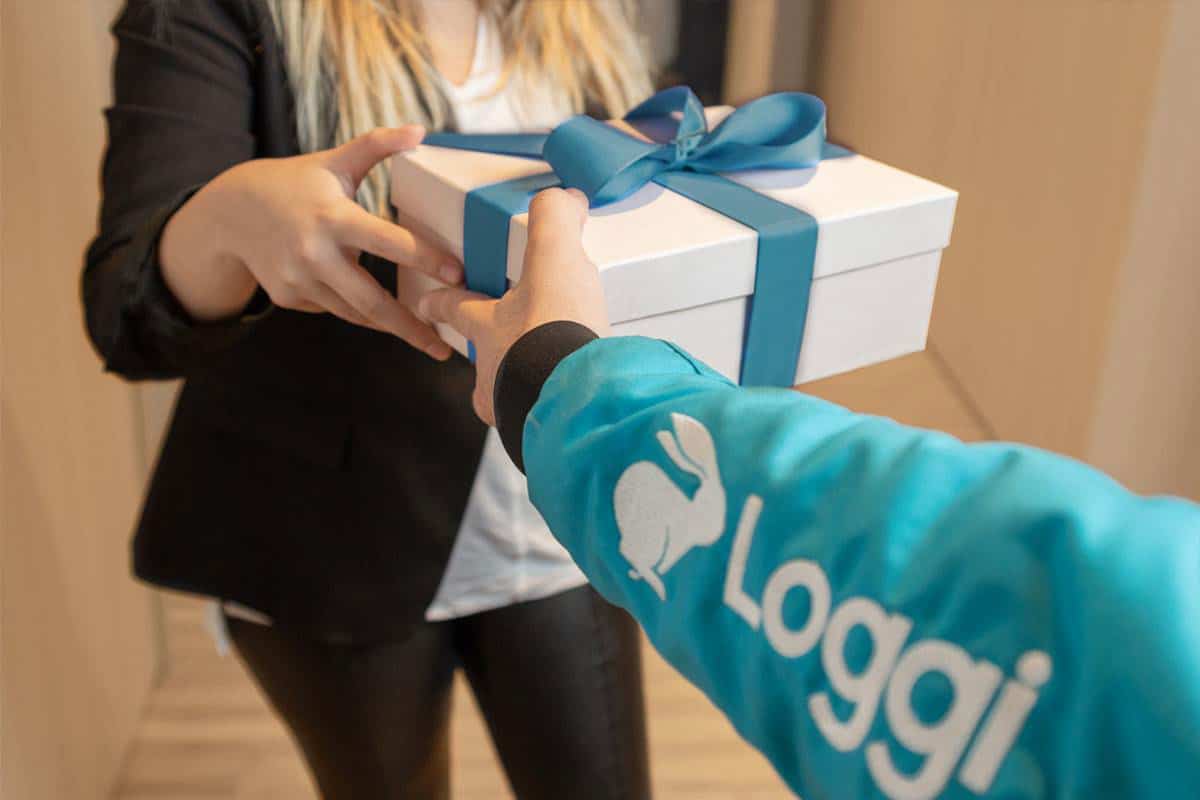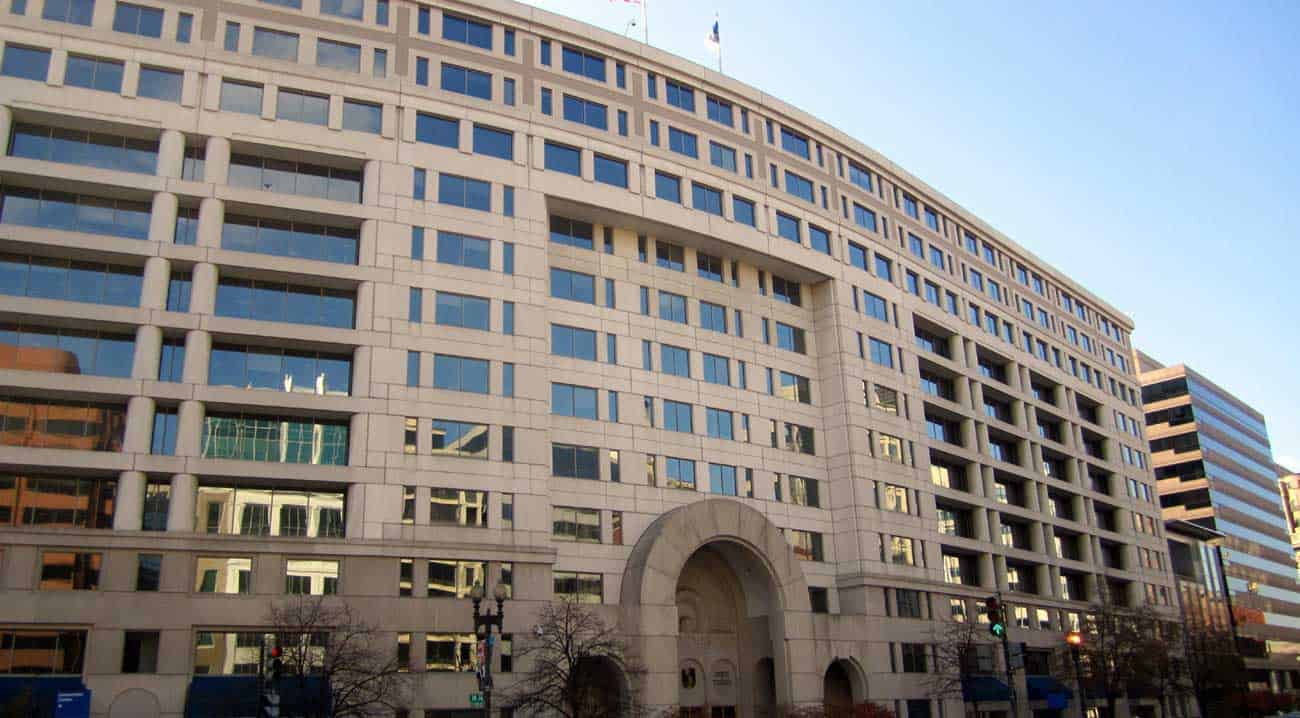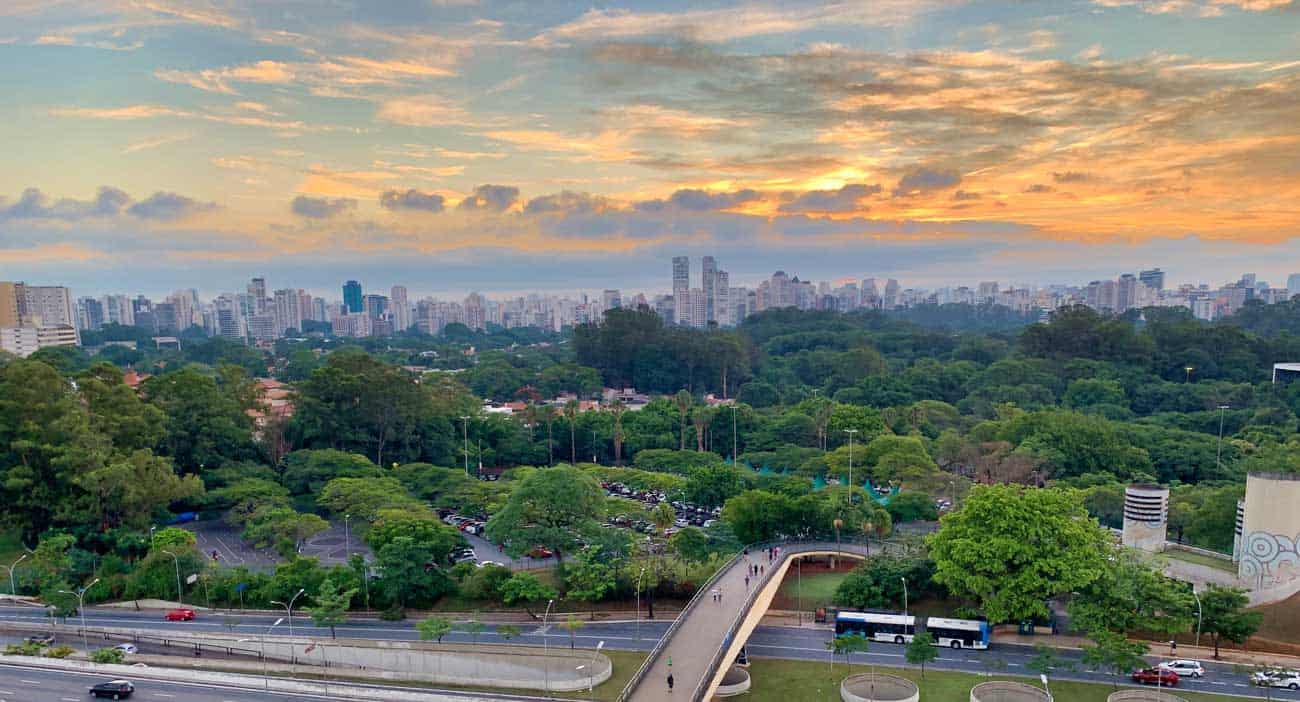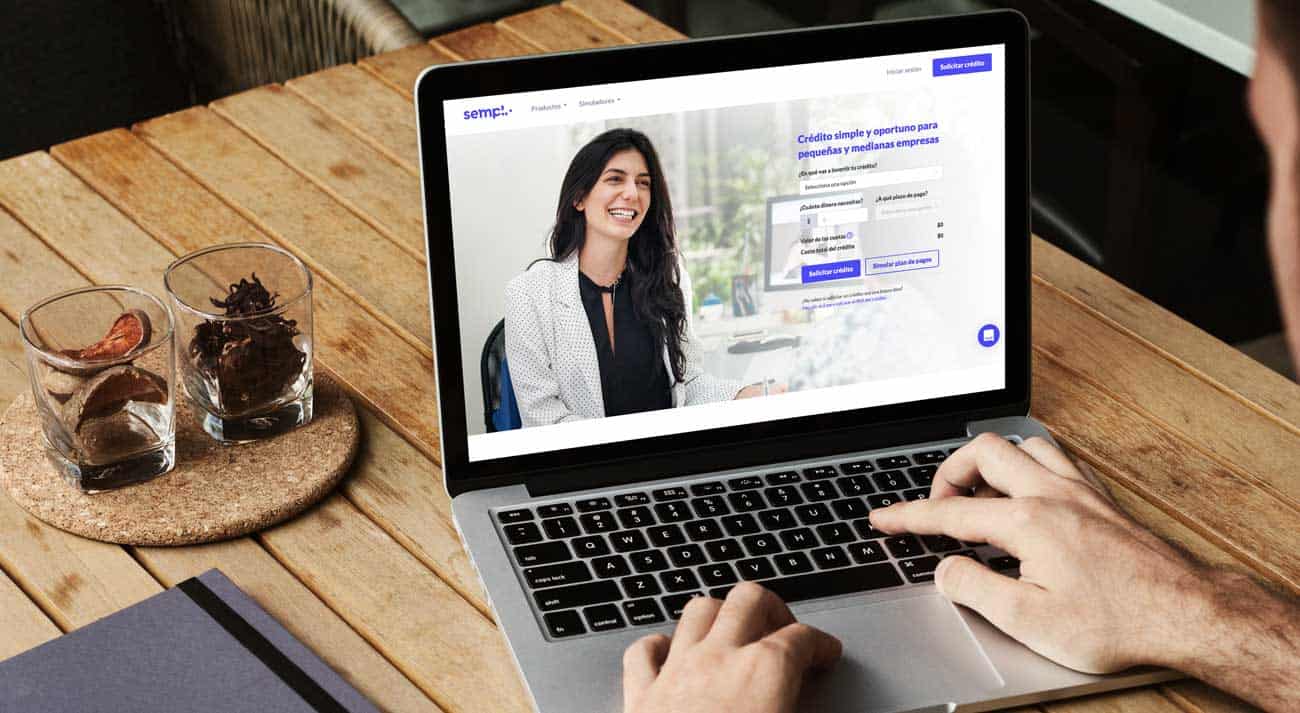Contxto – All over the world, the e-commerce market seems to grow year after year. In Latin America, Brazil is taking the lead. Examine closely and you’ll see that the country accounts for more than one-third of online retail sales in the region. It also has one of the fastest growing online markets in the world.
The Latin American scene
E-commerce keeps blooming in Latin America, especially with the influx of improved connectivity and mobile devices. It is also one of the fastest-growing e-commerce regions worldwide. As a whole, however, Latin America still hasn’t fully adopted online shopping platforms.
According to an eMarketer study, e-commerce only represented 4.2 percent of the retail industry in 2018. Although, that number is presumed to grow during this year to 35 percent. Much of this number has to do mainly with Brazil’s recent market growth, which is pretty massive.
Latin America’s largest economy
Besides being the largest economy in Latin America and one of the biggest countries in population and territory worldwide, Brazil is also the de facto e-commerce leader in the neighborhood.
Impressively, 42 percent of e-commerce in Latin America belongs to Brazil. Adding to the bullishness over Brazil is that at the end of 2018, 58 million e-consumers spent around R$53.2 billion, worth approximately US$12.7 billion. Now, that’s a lot of money for a region that’s still embracing online shopping.
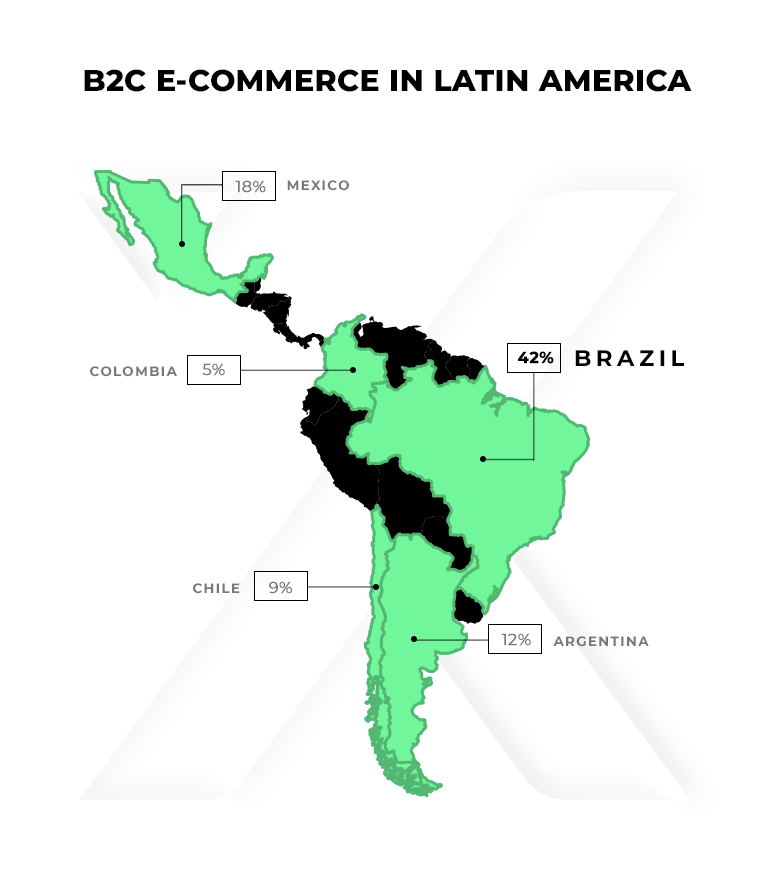
Of those 58 million consumers all made at least one virtual purchase en 2018. Brazil’s online retail market is expected to generate about US$16.8 million in 2019.
These numbers prove how much of an opportunity e-commerce businesses have in the developing country. Thanks to its rapid growth and popular adoption, online retail stores are expected to strive in Brazil.
Why such growth?
First of all, the internet penetration of the country reached 70 percent in 2019, meaning that more than 149 million inhabitants have access to the internet, according to PagBrasil’s Digital in 2019 Report.
Along those lines, the country is on the top three of the most mobile internet usage worldwide. This brings me to the next point.
Mobile phones and social media play a very important role in Brazil’s e-commerce scene. After all, these two tools are expected to be the main channels for people to access online retail shopping.
Therefore, e-commerce is something business owners should start seriously considering to incorporate into their business models. Almost half of online transactions are done through mobile phones. Plus, Brazil is the sixth-largest smartphone market in the world.
The Brazilian e-commerce marketplace
Cross-border or domestic?
According to the E-commerce Report: Brazil 2018 from the Ecommerce Foundation, Brazilians prefer to shop from local online retail stores rather than transnational stores.
Perhaps this is due to the challenges cross-border businesses face in Brazil. Delivery time, taxes, lack of security and exchange rates are some of the reasons people tend to prefer local retailers.
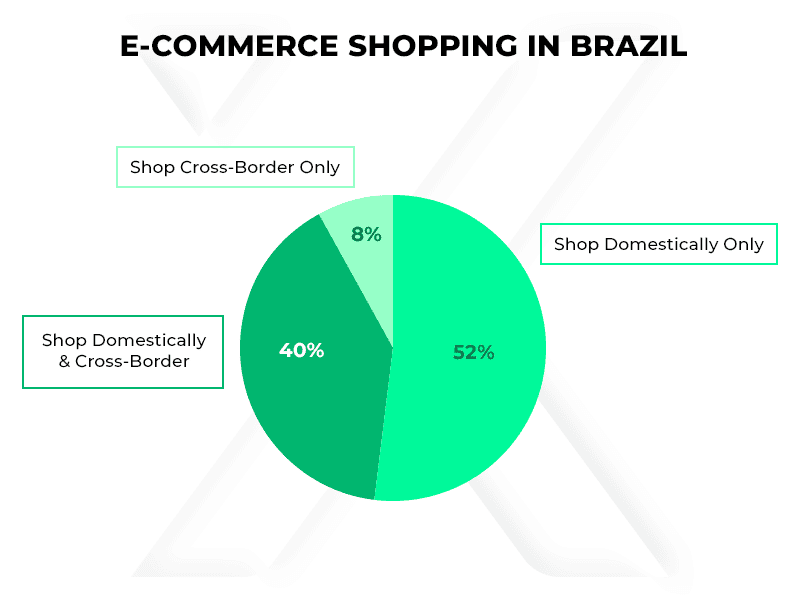
Segments and stores
The top e-commerce segment is consumer electronics. It has 42 percent of the total market value in Brazil, followed by travel with 29.2 percent, and household goods with 6 percent.
During the buying process, multi-brand platforms are the most visited. Second, to that, online marketplaces like MercadoLivre.br or Etsy are Brazil’s go-to sites. Online mass retailers such as Target come third, following those are mono-brand stores, boutiques and members-only shopping clubs.
Mercadolivre as the e-leader
MercadoLivre is the e-commerce platform with the most visitors in Brazil. Following it within the top ten are CNova, B2W Digital, Buscapé, Google Shopping, Magazine Luiza, Walmart, Alibaba, Amazon and Netshoes.
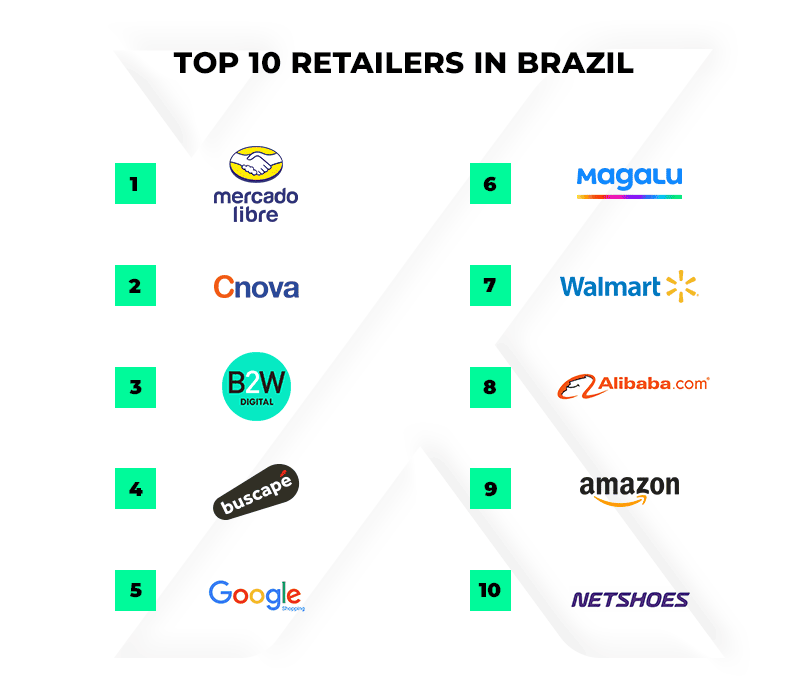
Enter the Brazilian e-commerce landscape
Here are some things to consider if you’re thinking about entering Brazil’s ever-growing e-commerce ecosystem.
Right off the bat, you must keep in mind that people in Brazil love to have options. Even though 60 percent of e-consumers prefer credit cards, other payment methods, like Paypal, are also appreciated.
Additionally, e-commerce platforms should be available on any mobile device. Do to e-commerce’s rapid growth, this is something retailers should seriously consider.
Making the website mobile friendly or even creating an app could also make a big difference, as well as giving customers the chance to purchase through social media.
Remember that Brazilians tend to like local retailers. To withstand this barrier, try setting up your website in Portuguese. Similarly, customer service should preferably be in their language. Lastly, don’t forget to explore potential partnerships with local distributors or manufacturers.
Brazil certainly has big differences compared to the rest of Spanish speaking Latin America. However, a good market understanding and local knowledge could help level up your e-commerce game!
-CZ
